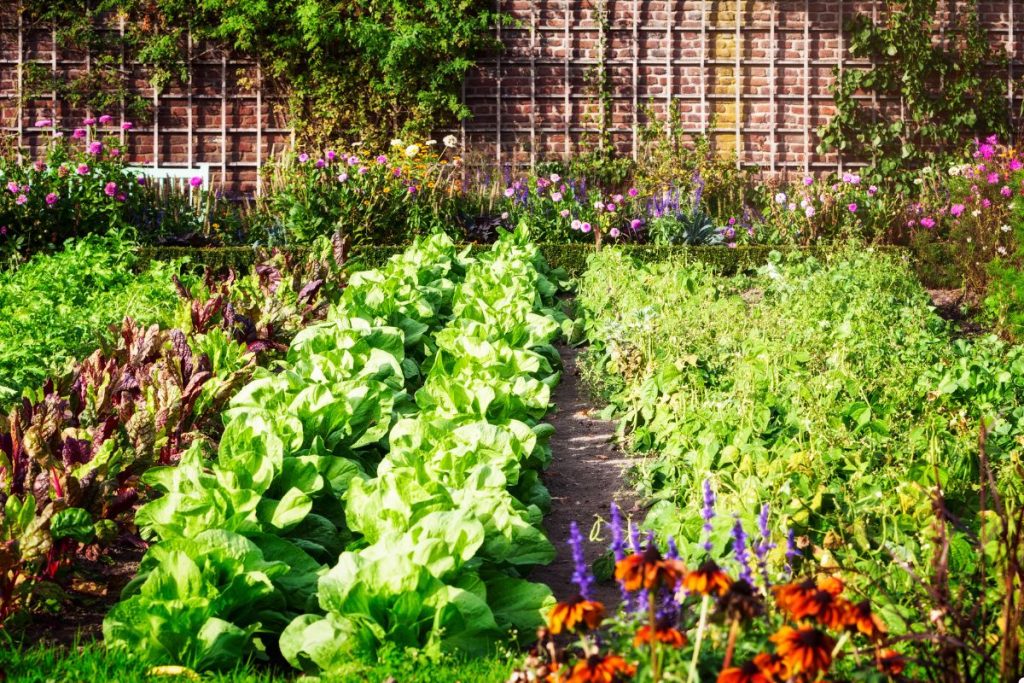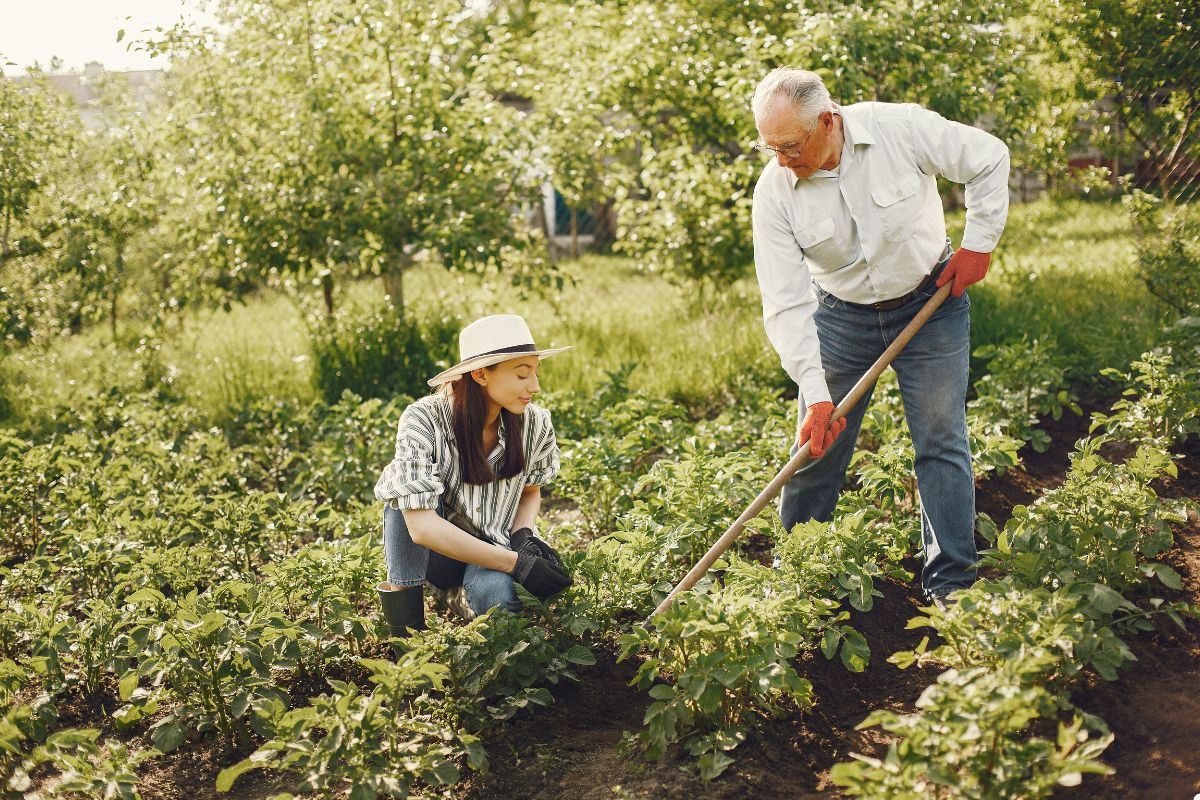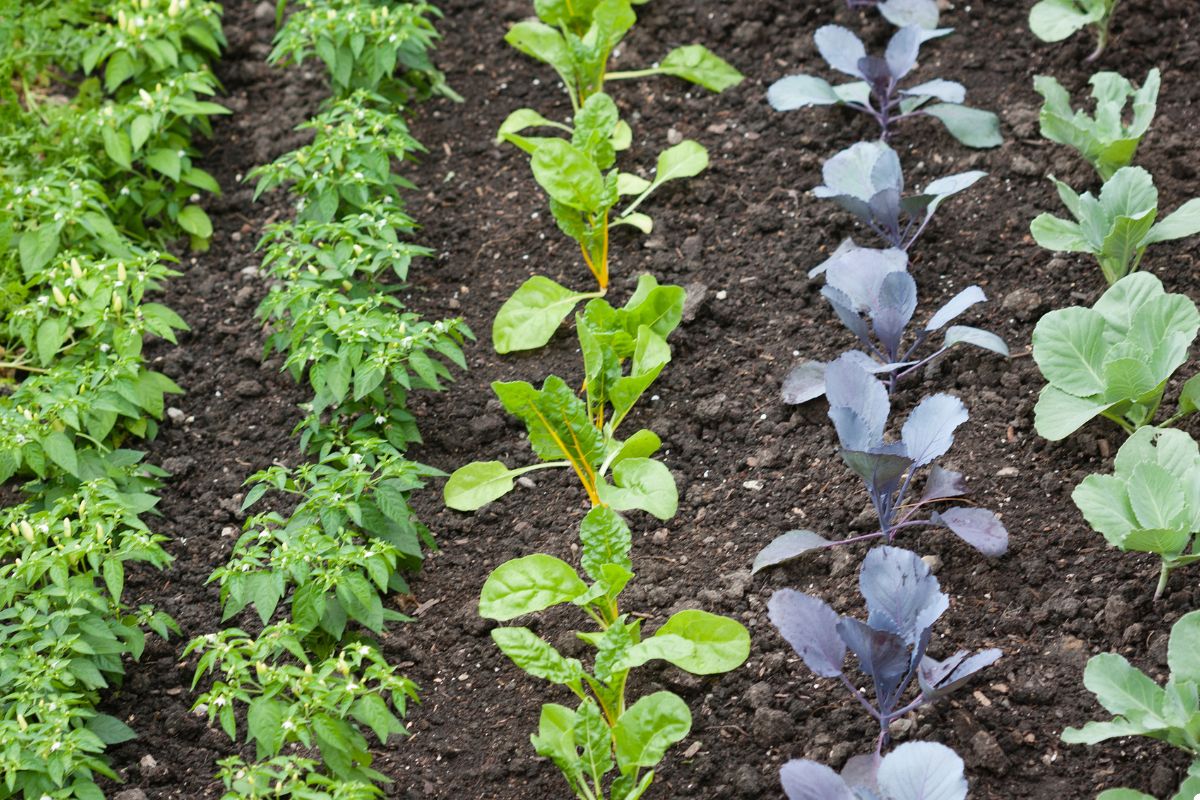
Want to grow your own delicious, healthy food right in your backyard? Vegetable gardening is a rewarding and increasingly popular hobby. This guide provides a comprehensive overview of everything you need to know to get started, from planning your garden and sourcing quality seeds to managing pests and harvesting your bounty. So, let’s dive in and discover the resources you need for a thriving vegetable garden! Call us today to get expert advice and start your gardening journey!
Why Grow Your Own Vegetables?
Growing your own vegetables offers a multitude of benefits. Imagine stepping outside and picking fresh, ripe tomatoes still warm from the sun! Homegrown produce is often more flavorful and nutritious than store-bought options. Vegetable gardening also allows you to control what goes into your food, avoiding harmful pesticides and herbicides. Beyond the health benefits, gardening is a great way to connect with nature, reduce your carbon footprint, and save money on groceries. It’s a fulfilling hobby that brings joy and delicious rewards. With our services, you can grow your own fresh, organic produce while enjoying the benefits of gardening.

Garden Planning Basics
Planning is crucial for a successful vegetable garden. First, assess your available space. Even a small balcony can accommodate container gardens. Next, understand your climate zone. The USDA plant hardiness zone map provides valuable information on the average minimum winter temperatures in your area, helping you choose plants that will thrive. Finally, test your soil. A soil test reveals the pH level and nutrient content, allowing you to amend the soil accordingly.
Choosing the Right Vegetables
Selecting the right vegetables for your garden is essential. Consider your local climate – some vegetables thrive in warm weather, while others prefer cooler temperatures. Grow what you love to eat! There’s no point in growing vegetables you won’t enjoy. Also, be mindful of space. Some plants, like pumpkins and watermelons, require a lot of room. Plan for succession planting to ensure a continuous harvest throughout the growing season.
Where to Find Seeds and Seedlings
Sourcing high-quality seeds and seedlings is vital for a successful garden. Local nurseries and garden centers offer a wide selection of plants adapted to your region. Online seed retailers provide access to a vast array of heirloom and organic varieties. Consider participating in seed swaps and exchanges with other gardeners to share resources and discover unique varieties.
Tools Every Gardener Needs
Equip yourself with the essential gardening tools. Basic hand tools like a trowel, hand fork, and pruning shears are indispensable. A watering can or garden hose with a spray nozzle is essential for keeping your plants hydrated. Soil amendments like compost and organic fertilizers are crucial for nourishing your plants and improving soil health.
Nourishing Your Plants
Healthy soil is the foundation of a thriving vegetable garden. Improve soil health by add composting, aged manure, or other organic matter. Choose the right fertilizer based on your soil test results and the needs of your plants. Understand the importance of essential nutrients like nitrogen, phosphorus, and potassium. Composting your kitchen and yard waste is a great way to create nutrient-rich soil amendment for your garden.
Tips for Successful Planting
When planting vegetables, consider whether to direct sow seeds into the garden or start seedlings indoors and transplant them later. Water plants thoroughly after planting and apply mulch to retain moisture and suppress weeds. Provide support for plants like tomatoes and cucumbers with stakes or trellises.
Protecting Your Garden
Protect your vegetable garden from common pests and diseases. Identify common pests like aphids, caterpillars, and squash bugs. Use natural pest control methods like introducing beneficial insects, applying neem oil, or handpicking pests. Prevent diseases by practicing crop rotation, providing good air circulation, and watering plants at the base to avoid wetting the foliage.
Enjoying the Fruits of Your Labor
Harvest vegetables at their peak ripeness for the best flavor and texture. Knowing when to harvest is key. Enjoy your harvest fresh, or preserve it through canning, freezing, or drying. Store vegetables properly to extend their shelf life. Consider building a root cellar for storing root vegetables over the winter.
Taking Your Garden to the Next Level
Once you’ve mastered the basics, explore advanced gardening techniques. Companion planting involves growing different plants together to benefit each other. Crop rotation helps prevent soil depletion and disease buildup. Extend your growing season by using cold frames, hoop houses, or other season extension methods. Implementing a sustainable design approach enhances long-term soil fertility and plant productivity.

Connecting with Other Gardeners
Connect with other gardeners in your community to share knowledge, resources, and inspiration. Join a local gardening club or participate in Master Gardener programs. Consider joining a community garden to garden alongside others and share the harvest.
Enjoying the Journey
Vegetable gardening is a rewarding journey. Embrace the challenges and celebrate the successes. Enjoy the process of nurturing your plants and harvesting fresh, delicious food. By following these tips and utilizing available resources, you can create a thriving vegetable garden and reap the many benefits it offers. Ready to grow your own thriving vegetable garden? Contact us today for expert tips and guidance!
Frequently Asked Questions about Vegetable Gardening
What vegetables are easiest to grow for beginners?
Lettuce, radishes, zucchini, and beans are often recommended for beginner gardeners due to their ease of growth and relatively short growing season.
How often should I water my vegetable garden?
Water deeply and less frequently, rather than shallowly and more often. Water when the top inch of soil feels dry to the touch. The frequency will depend on your climate, soil type, and the needs of your plants.
What is the best fertilizer for vegetables?
A balanced organic fertilizer with an N-P-K ratio of 5-5-5 or 10-10-10 is a good starting point. However, it’s best to test your soil to determine specific nutrient deficiencies and choose a fertilizer accordingly.
How do I deal with pests in my garden?
Start with preventative measures like handpicking pests, using row covers, and attracting beneficial insects. If necessary, use organic pest control methods like neem oil or insecticidal soap.
When is the best time to plant my vegetables?
The best time to plant vegetables depends on your climate and the specific vegetables you are growing. Consult a planting calendar for your region to determine the optimal planting dates for different vegetables. Call us today for personalized guidance on the best planting times for your area!

